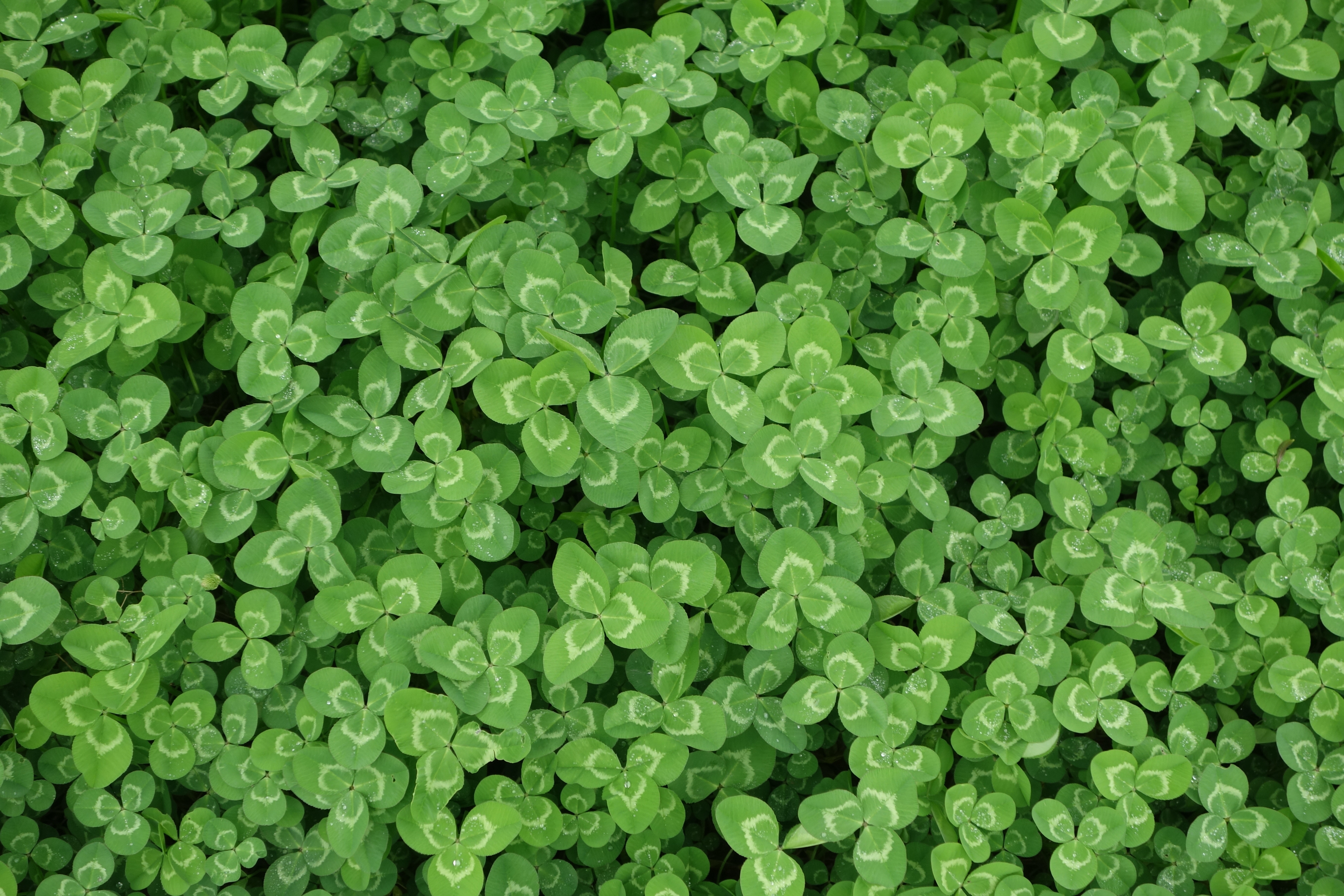
PURSLANE: A SUPERFOOD THAT'S BEEN IN THE WEEDS FOR TOO LONG
You’ve probably never heard of purslane. But you’ve seen it everywhere and didn’t realize what it is. It’s easy enough to find. Not in your neighborhood grocery store.
Right under your nose. Or more frequently, your feet. Because it is considered a weed in this part of the world.
Purslane looks like a baby jade plant, and tastes like a cross between spinach and watercress, with a slightly lemony tinge to it.
It’s also a nutrition powerhouse that puts super-hyped kale to shame. Purslane has extremely high levels of omega-3 fatty acids – more than any other leafy plant – as well as significant amounts of fiber and vitamin A. It’s also a rich source of vitamin C and B-family vitamins, like riboflavin, niacin, pyridoxine, and carotenoids, as well as dietary minerals such as iron, magnesium, calcium, copper, potassium, and manganese. The leafy little darling also contains two types of betalain alkaloid pigments that are potent antioxidants and have been found to have antimutagenic properties, in laboratory studies.
And at 16 calories in a little more than two cups, it’s one of the most nutrition-dense foods on the planet, calorie per calorie.
I first got curious about the stuff in spring, when I noticed that it had overtaken one of my garden vegetable beds. Ok, it overtook most of them and was dwarfing the seedling I had planted. Anyone who gardens knows the importance of staying on top of the weeds and making sure that they don’t get out of hand, so I pulled out all of the leafy buggers I could find.
Until I found myself at a Manhattan market and noticed that they were not only selling it as a vegetable: they were also charging more for it than they were for the organic spinach.
So I did a search on edible weeds, and there it was.
There was not only information on it all over the web, but also no shortage of in my garden beds. Only the next time I was weeding, rather than throwing the purslane out, I cut off the bottoms above the roots (after uprooting them of course – and not to worry: they grow like, um weeds), washed them thoroughly and started experimenting with it in the kitchen, starting by replacing it with spinach in spinach and feta pierogis. It works in spanakopita, too, by the way, and it’s a lot less time to consume to buy phyllo or filo pastry than it is to make and roll out the pierogi dough. But if you do have the time and energy and want to try your hand at the World’s Best Spinach Pierogi recipe, happy to share, although I do replace the spinach with fresh purslane.
For the record, purslane contains as much beta-carotene as spinach.
I certainly have more than enough of it growing in my garden, and you know what they say: if you can’t beat it, eat it.
Purslane, categorically named Portulaca oleracea, and known as Verdolaga in Spanish, is widely eaten throughout Europe, Asia, the Middle East, and Africa, in countries including Japan, Greece, Mexico, Russia, Australia, Turkey, Sri Lanka and Morocco. It has been cultivated and consumed since prehistoric times, and is widely referred to in ancient Chinese medicine, where it was not only considered a cure for hot flashes and night sweats: it’s medicinally considered a “natural antibiotic” and an impressive inhibitor of Escherichia coli (e-coli) and Shigella – a cousin to e-coli.
It has also been used in both folk and alternative medicine, according to the National Institute of Health, and by the early Aboriginal cultures of Australia.
Given all of this, it’s surprisingly still fairly foreign to the American palate and it’s high time to change that.
Let’s get down to the nitty-gritty. Speaking of which, since purslane pretty much does grow as a weed and is considered nothing more than a weed in the US, do remember to wash it well, as it does pick up a lot of dirt/soil, and depending on where you find it, pesticides.
Purslane is perfectly safe to eat raw, so for starters – literally – feel free to toss some on to a salad, and FYI, every part of the plant is edible, including the stems, leaves, flowers and even the seeds. You will want to cut off and discard the roots, or if you’re growing them yourself, feel free to cut the plant off above the root. But remember that it is a weed and will spread like wildfire. Or worse, spearmint.
Careful if you decide to plant some in your neighborhood garden. Most people do see it as weeds and for good reason: it will quickly take over. You could consider educating your fellow gardeners, but some preconceptions die hard.
For good eats, try throwing some on your sandwich to replace or enhance the lettuce. Ham and/or cheese and purslane on rye is awesome! It’s easier to find than you might think: next time your trekking through the woods or along a rocky path, bring along a bag and take some home. You’ll no doubt find it everywhere, or somewhere. Urbanites: next time you take or return your CitiBike to the dock, check out the urban tree or flower bed that’s no doubt nearby. Trust me, you’ll find purslane there. Or at the next one. Seems to like the flower bed near the CitiBike dock on 37th and 10th. And several of the neglected flower beds on the side streets of the Upper West Side
Don’t feel shy about picking it. You’re doing the City a favor.
Since purslane is also an alternative to pickles on a sandwich, try pickling some yourself. It’s certainly easy enough to do:
Pickled Purslane
| 1-quart purslane stems and leaves | 3 garlic cloves, sliced |
| 1-quart apple cider vinegar | 10 peppercorns
1 tablespoon pickling or kosher salt |
Clean the purslane stems and leaves by rinsing with fresh water. Cut into 1″ pieces and place in clean mason jars with lids. Add the spices and pour the vinegar over the purslane. Keep this in the refrigerator for at least two weeks before using. Serve as a side dish with omelets and sandwiches, and since it does have a slightly lemony flavor, it’s also great when paired with fish.
It’s also great as a side vegetable:
Sauteed Purslane
2 lbs of purslane, thoroughly washed and chopped
¼ cup of olive oil
2 cloves garlic, peeled and minced
1 small onion, peeled and diced
salt and pepper to taste
Cut cleaned purslane into pieces about 1″ long.
In a large frying pan, set heat to medium-high and add oil heat to medium-high.
Sauté onion until translucent. Add garlic and continue 30 seconds more. Add the purslane and sauté for about ten minutes, or until tender. Lower heat and allow liquid to evaporate. Add salt and pepper to taste. Serve immediately.
For a spicier Turkish twist, stir in one tablespoon of tomato paste after you’ve added the garlic and cook for 2-3 minutes. Add two teaspoons of paprika, a pinch of red pepper flakes and stir. Crush two cloves of garlic and stir into ¼ cup plain yogurt. Serve immediately, with a dollop of the yogurt mixture.
Purslane can be steamed, or parboiled and frozen for another day, or another season, but be careful not to overcook it. It can get a bit slimy.
No, you can’t smoke it. It’s not that kind of weed.
You can sauté it with onions and garlic and add them to your eggs or omelet, or enjoy it raw – after washing it well – when you’re hiking and come across it on the trail. It’s always been right there in front of you, packed with nutrition. So if you haven’t considered finally including this weed that has no doubt been underfoot your entire life into your repertoire, it’s about time to step on it.
http://credit-n.ru/zaymyi-next.html
http://credit-n.ru/zaymyi-next.html
http://credit-n.ru/zaymyi-next.html
http://credit-n.ru/zaymyi-next.html





